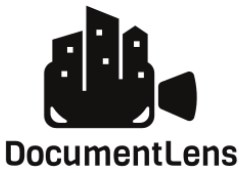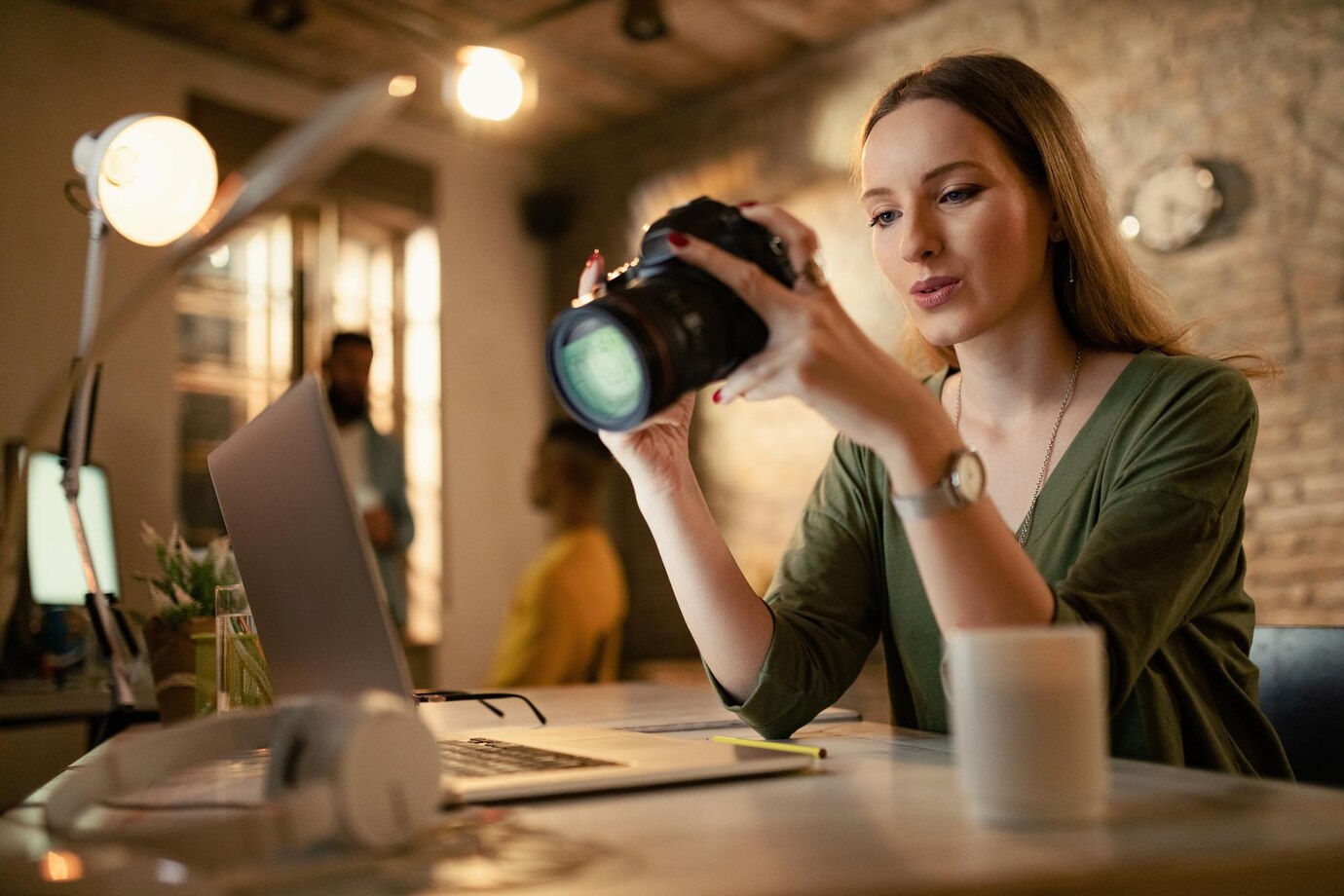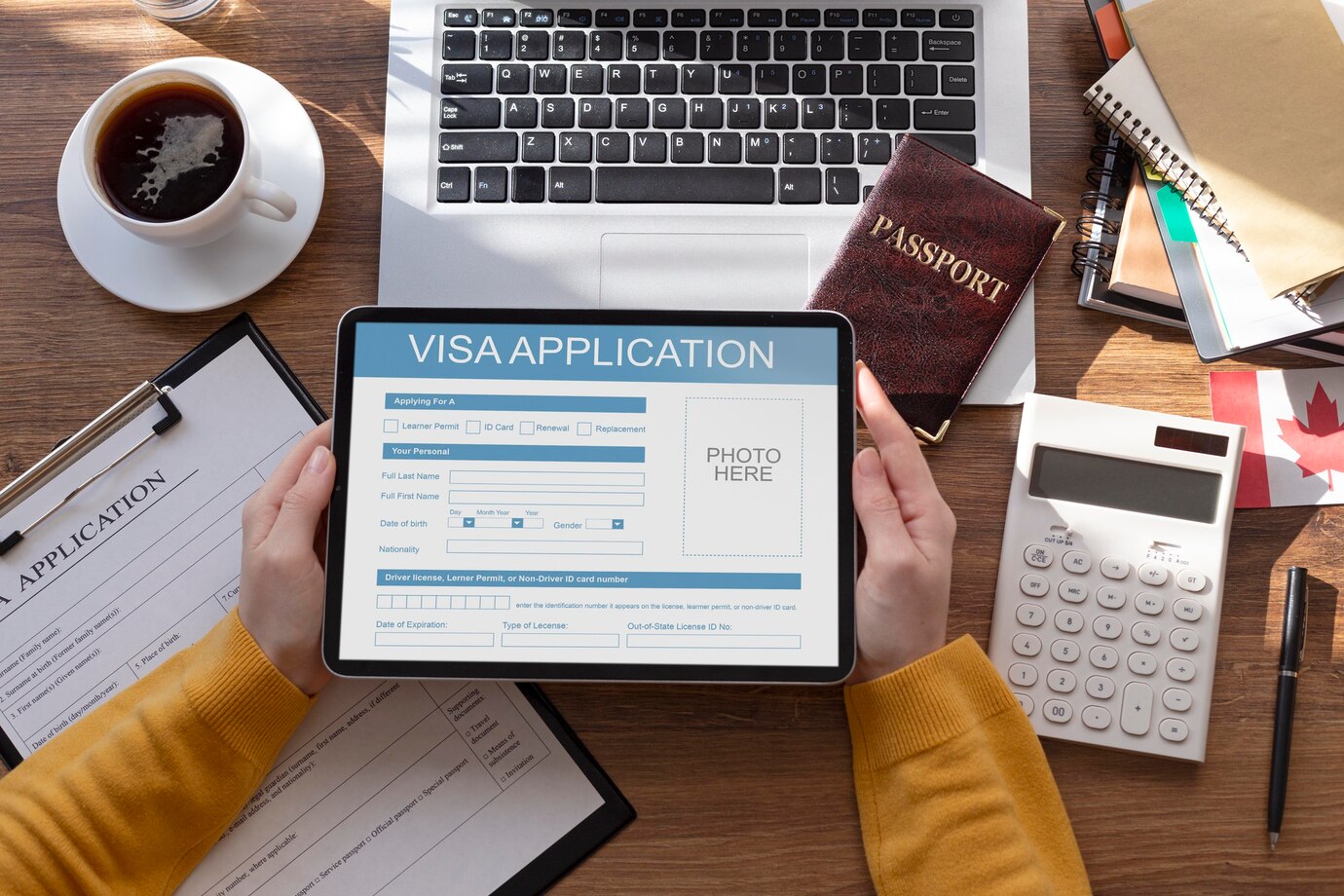From crisp passports to faded land deeds, documents are the threads weaving the tapestry of our lives. But just as their ink dries, the threat of forgery creeps in, blurring the lines between truth and deceit. Yet, amidst this landscape of risk, photography steps forward, not just as a passive recorder, but as a potential vanguard in the fight against fraud. With the dawn of advanced image analysis and artificial intelligence, the future of photography in document verification promises to be unlike anything we’ve seen before. Buckle up, for we’re about to embark on a journey where pixels morph into forensic clues, and cameras become gatekeepers to a world of trust and authenticity.
Background information
Document verification has been an indispensable component across various industries for several decades, serving as a cornerstone for authenticating identities, ensuring regulatory compliance, and mitigating fraud risks. Traditionally, the verification process relied heavily on manual methods that involved the physical examination of documents. However, with the advent of the digital era, there has been a significant paradigm shift towards automated and technologically driven solutions, marking a transformative phase in the way organizations approach identity and document verification.
- As the global landscape becomes increasingly interconnected, the need for robust and efficient document verification processes has grown exponentially. Industries such as finance, healthcare, travel, and government services require reliable mechanisms to ascertain the legitimacy of presented documents swiftly and accurately. The traditional reliance on manual inspection has become a bottleneck, often leading to delays and potential inaccuracies, prompting the exploration of innovative technological solutions to address these challenges.
- The rise of globalization and the digitization of various services have further underscored the importance of secure and efficient document verification. Cross-border transactions, international travel, and online services necessitate a seamless and reliable means of verifying identities and documents. The evolving nature of fraud, including identity theft and document counterfeiting, has compelled industries to reassess and enhance their verification processes to stay ahead of increasingly sophisticated illicit activities.
In this context, the convergence of technology and document verification emerges as a critical area of exploration. Technological advancements offer the promise of streamlining processes, reducing human error, and bolstering security measures. As organizations seek solutions that can adapt to the dynamic challenges of the modern world, the role of emerging technologies, particularly in the realm of photography, has become a focal point in shaping the future of document verification. This paper aims to delve into the multifaceted aspects of this evolving landscape, examining not only the challenges but also the transformative potential that advanced photographic technology holds in fortifying document verification processes for the future.
Current challenges in document verification
Despite the evolution of technology, document verification confronts a myriad of challenges that impede its seamless integration into various industries. These challenges often stem from the persistence of traditional methods, the increasing sophistication of fraudulent activities, and the demand for rapid, reliable, and secure verification processes.
One prominent challenge is the prevalence of identity theft, a persistent threat in an era dominated by digital interactions. Fraudsters continually devise new methods to steal personal information, compromising the integrity of identity documents. Traditional verification methods, which often rely on static data, struggle to keep pace with the dynamic nature of these threats.
Document counterfeiting is another significant hurdle. The advancements in printing and graphic design technologies have enabled counterfeiters to create increasingly convincing replicas of official documents. Detecting these forgeries requires advanced techniques that go beyond visual inspection, presenting a substantial challenge for conventional verification methods.
Additionally, the need for swift and accurate processing poses a challenge to traditional, manual verification approaches. Industries such as finance and travel demand real-time verification to meet the expectations of their customers. Manual processes, prone to human error and time-consuming inspections, fall short in meeting these demands, highlighting the urgency for more efficient solutions.
| Challenge | Description | Potential Solutions |
| Identity theft | Persistent threat involving the unauthorized acquisition and use of personal information for fraudulent purposes. | Biometric authentication, multi-factor verification |
| Document counterfeiting | Increasingly sophisticated replication of official documents, challenging the ability to visually discern authenticity. | Advanced watermarking, RFID technology |
| Time-consuming manual processes | Traditional verification methods are often slow and prone to human error, hindering the efficiency of document verification. | Automated verification systems, machine learning algorithms |
| Lack of adaptability to evolving fraud methods | Traditional methods may struggle to keep pace with the rapidly evolving techniques employed by fraudsters. | Continuous monitoring, adaptive security protocols |
The role of photography in document verification
Photography plays a pivotal role in modern document verification by leveraging advanced imaging technologies to capture, analyze, and authenticate a wide array of documents. The use of high-resolution cameras and sophisticated image processing algorithms has significantly enhanced the reliability and security of document verification processes. Here are key aspects of the role of photography in document verification:
- Visual Record and Authentication: Photography serves as a means to create a comprehensive visual record of the documents being verified. High-quality images capture intricate details, watermarks, holograms, and other security features that may be challenging to detect through manual inspection alone. This visual record becomes a crucial reference point for authentication.
- Detection of Alterations and Forgeries: The detailed images captured by advanced cameras enable the detection of alterations or forgeries in documents. Image processing algorithms can analyze the texture, color, and patterns on documents, helping identify signs of tampering. This capability enhances the overall security of the verification process.
- Biometric Authentication Integration: Photography is often integrated with biometric authentication methods, such as facial recognition. High-resolution facial images captured during the document verification process can be compared to reference images stored in databases, adding an extra layer of identity validation.
- Enhanced Document Accessibility: The use of photography, particularly in mobile devices, facilitates the digitization of documents. Users can capture images of physical documents, converting them into digital format for convenient storage and sharing. This enhances accessibility while maintaining the integrity of the original document.
- Real-Time Verification: With the advancements in mobile camera technology, document verification can be conducted in real-time. Users can capture images of their documents using mobile applications equipped with image processing algorithms, allowing for instant verification, particularly in scenarios requiring quick and efficient processing.
- Multimodal Verification: Photography is often part of a multimodal verification approach, where various types of data, including visual and biometric, are combined for a more robust authentication process. This integration enhances the overall accuracy and reliability of document verification.
- Accessibility and Convenience: The ubiquity of cameras in mobile devices ensures that document verification can be conducted conveniently. Users can capture images of their documents anytime, anywhere, streamlining processes and contributing to a user-friendly experience.
Advances in Photographic Technology
The field of photographic technology has witnessed rapid and transformative advancements, contributing significantly to various industries, including document verification. These technological strides have not only improved the quality and resolution of images but have also introduced innovative features and capabilities. Here are some key areas of advancement in photographic technology and their implications for document verification:
- High-Resolution Imaging: Modern cameras, whether integrated into mobile devices or standalone systems, feature higher resolution sensors. This advancement allows for the capture of detailed images with increased clarity, enabling document verification systems to extract finer details and enhance the overall accuracy of authentication processes.
- Low-Light Performance: Improved low-light performance is crucial for document verification in various environments. Advanced imaging sensors and noise reduction technologies enable cameras to produce clear and detailed images even in challenging lighting conditions. This ensures that document verification processes remain effective in diverse real-world scenarios.
- Optical Character Recognition (OCR): Optical Character Recognition technology has seen significant improvements, allowing cameras to capture text from documents accurately. Enhanced OCR capabilities contribute to the extraction of textual information from documents, enabling automated verification systems to process and validate the content more effectively.
- Depth Sensing and 3D Imaging: Some modern cameras incorporate depth-sensing technologies, such as Time-of-Flight (ToF) sensors. This enables the creation of 3D representations of objects, including documents. In document verification, 3D imaging can be utilized to detect subtle surface features and holographic elements, adding an extra layer of security against counterfeiting.
- Machine Learning and Image Processing: The integration of machine learning algorithms and advanced image processing techniques has revolutionized how photographic data is analyzed. These technologies can identify patterns, anomalies, and potential signs of forgery in documents. Machine learning models can adapt and improve over time, enhancing the accuracy of document verification systems.
- Multi-Spectral Imaging: Multi-spectral imaging involves capturing images beyond the visible spectrum, including ultraviolet and infrared light. This capability is valuable in document verification as it helps reveal hidden security features, watermarks, and other elements that may not be apparent under normal lighting conditions.
- Integration with Smart Devices: The synergy between photographic technology and smart devices, especially mobile phones, has played a crucial role in the advancement of document verification. Mobile devices with high-quality cameras and dedicated document scanning apps enable users to capture, process, and verify documents conveniently and in real-time.
- Blockchain-Enabled Imaging: Some photographic technologies are integrated with blockchain systems to create immutable and timestamped records of captured images. This ensures the integrity and authenticity of the photographic data, making it resistant to tampering or manipulation.




